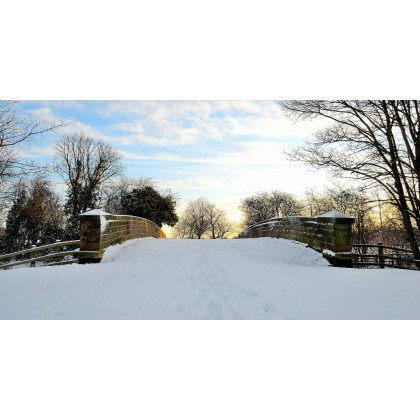In the Northern Hemisphere, the winter solstice is the longest night (21 or 22 December).
In the southern hemisphere, the winter solstice takes place on June 21 or 22 (the seasons are reversed). On solstice days, the Sun passes vertically from one of the two tropics.
The winter solstice or Yule is the shortest day of the year, and therefore the longest night.
If for Quebecers it means the arrival of the Christmas holidays, the winter solstice is
celebrated by many peoples around the world as the time of year marking the return of light.
Yule is the time of cold darkness. It is a period of renewal and rebirth in the depths of winter,
where the days will begin to lengthen. To symbolize this return of light, one lights fires or candles.
The Yule period runs from 21 to 31 December. Most of the celebrations surrounding the winter solstice in Europe therefore involve signs of rejoicing and feasts.
In pre-Christian Scandinavia, the Feast of Yule lasted 12 days to celebrate the rebirth of the sun god, which also led to the tradition of burning Yule's log.
One of the most famous winter solstice celebrations in the contemporary world is held in the ruins of Stonehenge, England. Thousands of druids and pagans come together to sing and dance, waiting to see the spectacular sunrise.
 | SAME DAY DELIVERY AVAILABLE FOR ORDERS PLACED BEFORE 14H
| SAME DAY DELIVERY AVAILABLE FOR ORDERS PLACED BEFORE 14H

Leave Your Comment